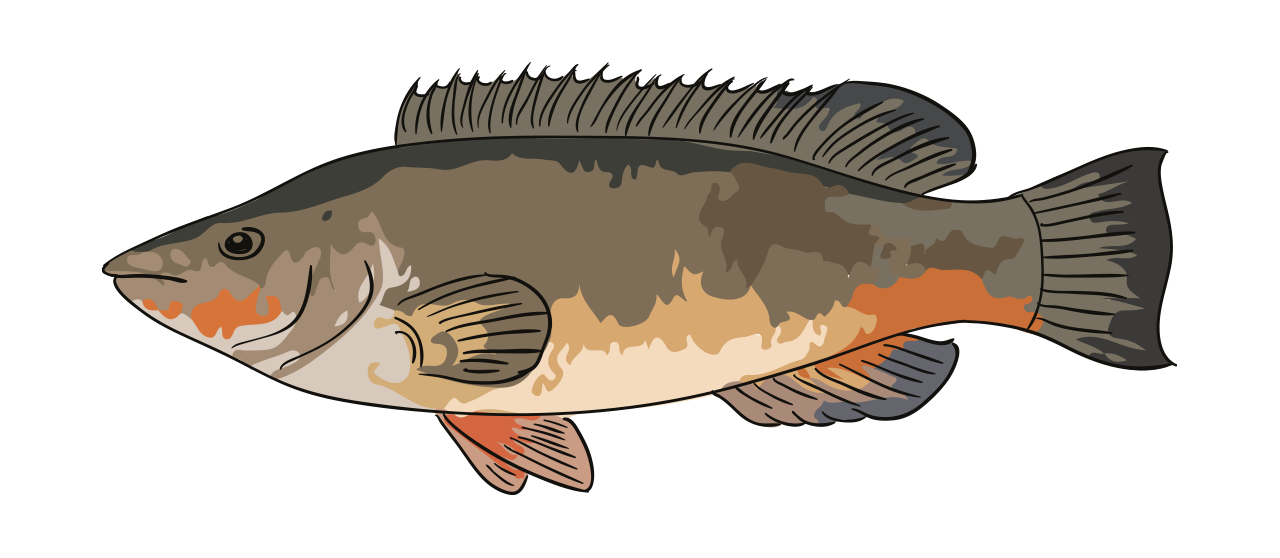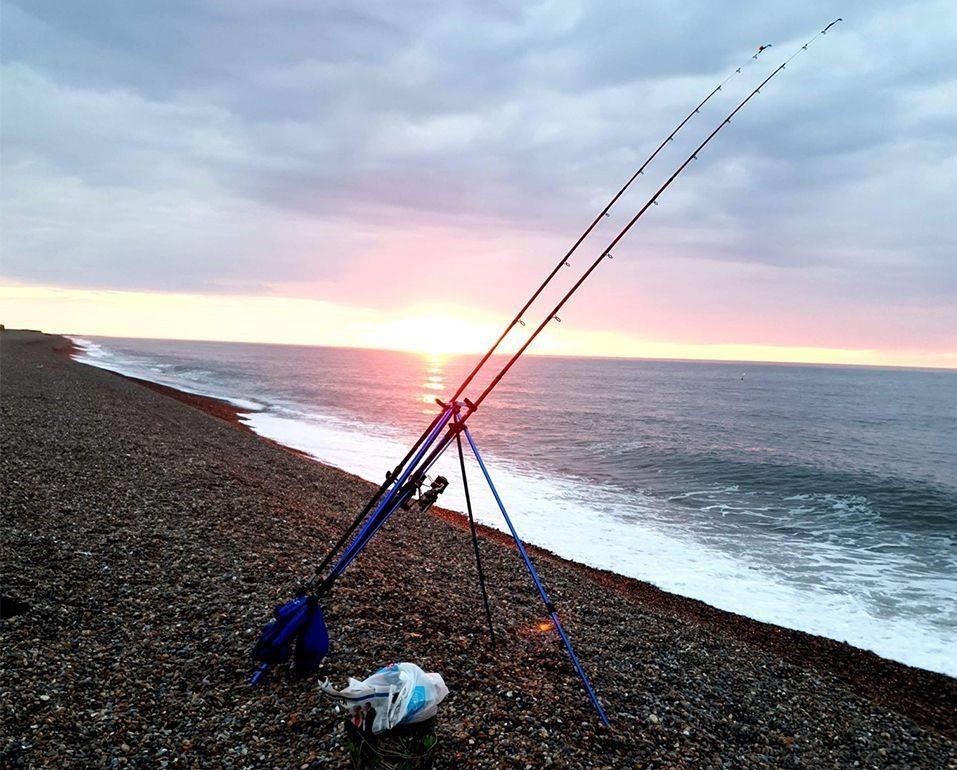Wrasse| Fish Species Guide | Angling Direct

Wrasse
aka Labridae
With over 600 species of wrasse worldwide there are 2 main European species; the ballan wrasse and the cuckoo wrasse, both of which have a fairly small mouth with prominent lips and tend to be brown in colour. Ballan and cuckoo wrasse live in rocky areas in relatively shallow water, close to the shore and are distributed in subtropical waters of the Atlantic, Indian, and Pacific Oceans. Wrasse have a broad body and large scales and are known for its long, sharp dorsal fin that extends all of the way along the back and rounded tail fin.
Not only does the Ballan wrasse have incredible teeth that are strong enough to pull molluscs and barnacles off rocks, but they have extra teeth in their throats to crush shells before digesting them.
Stats
Status
Habitat
Rocky shorelines in temperate, tropical and subtropical waters.
Bait
Peeler crab, mussels, cockles, limpets & winkles.
Native or Invasive
Native
Where
Common in tropical, subtropical waters of the Atlantic and along South and South-Western coasts of England.
 Catch Experience
Catch Experience
Video
Blog Highlight
National Marine Week – Top 5 Sea Fishing Tips
With the sun shining and the family likely wanting to head to the beach, why not make the most of a visit to the coastline and bring those sea fishing rods along! Sea fishing is probably the most accessible; it's usually totally free around our...
Read More